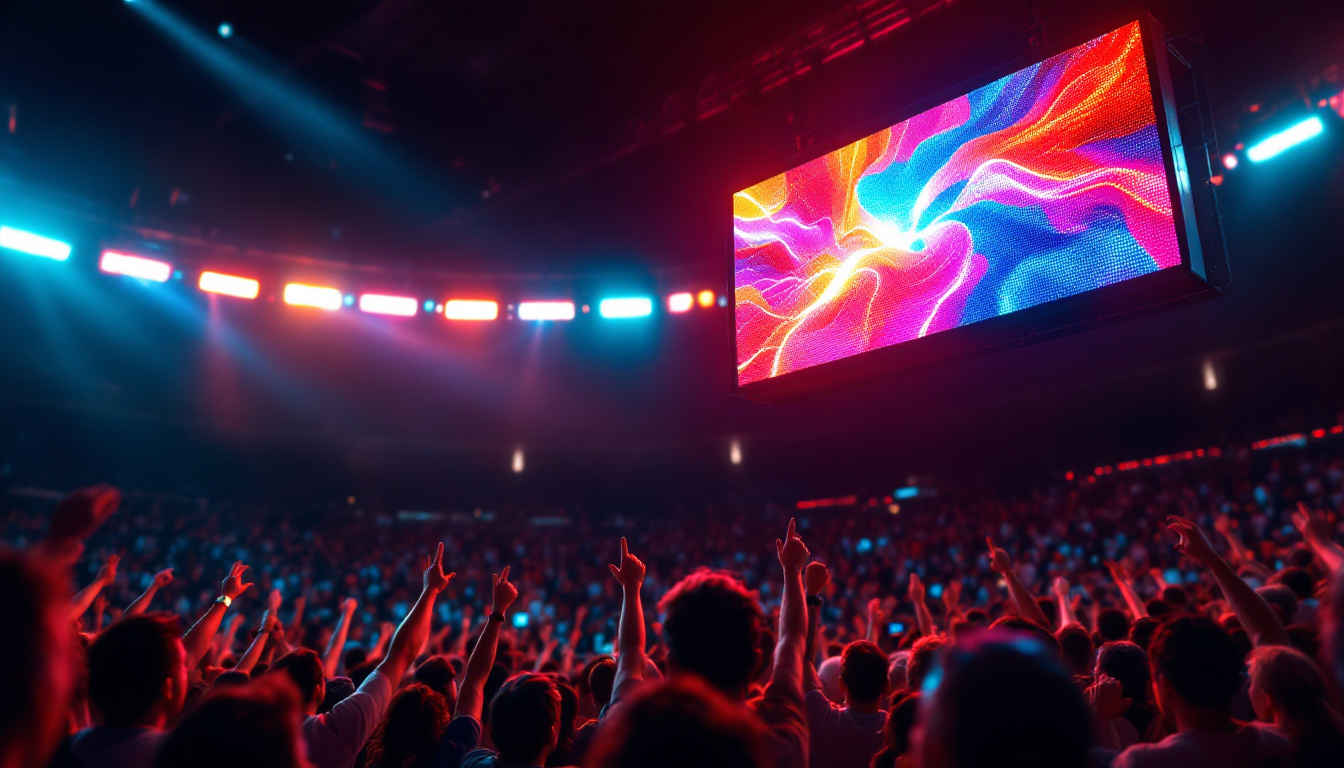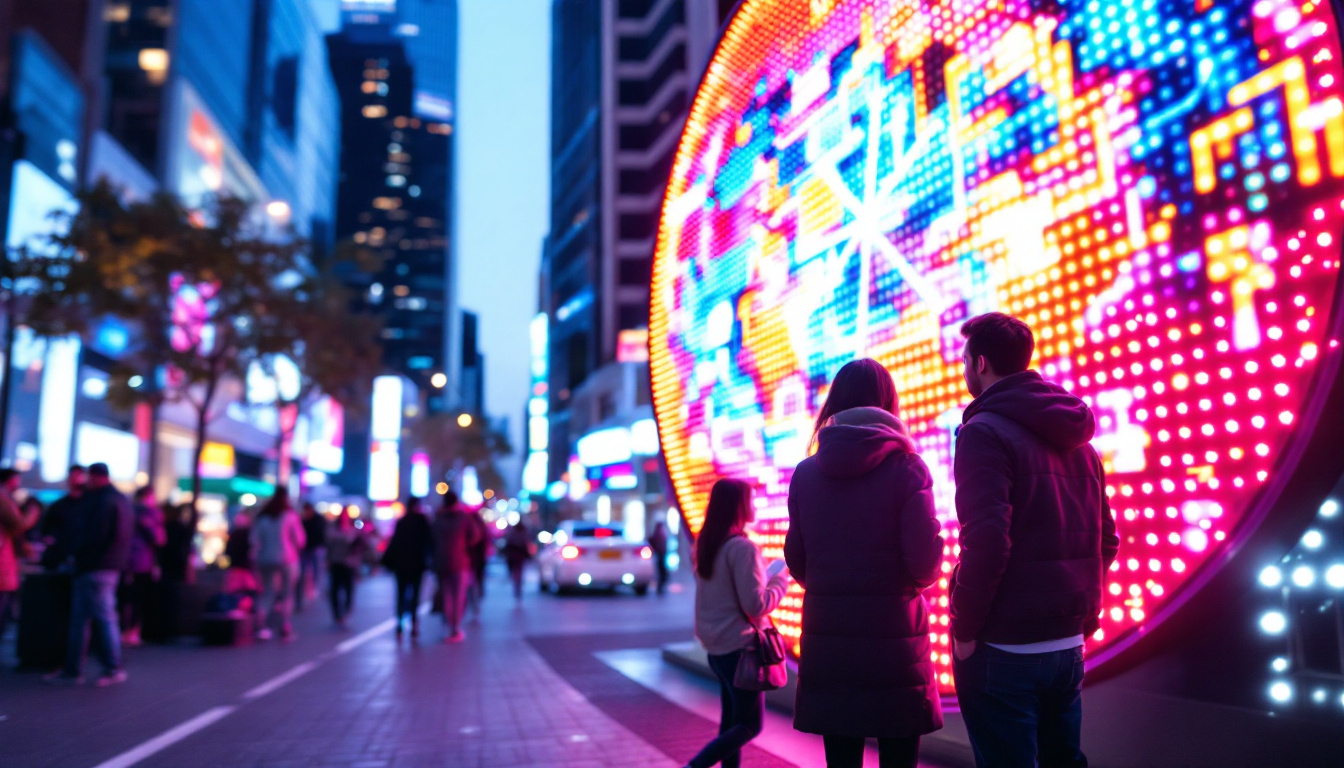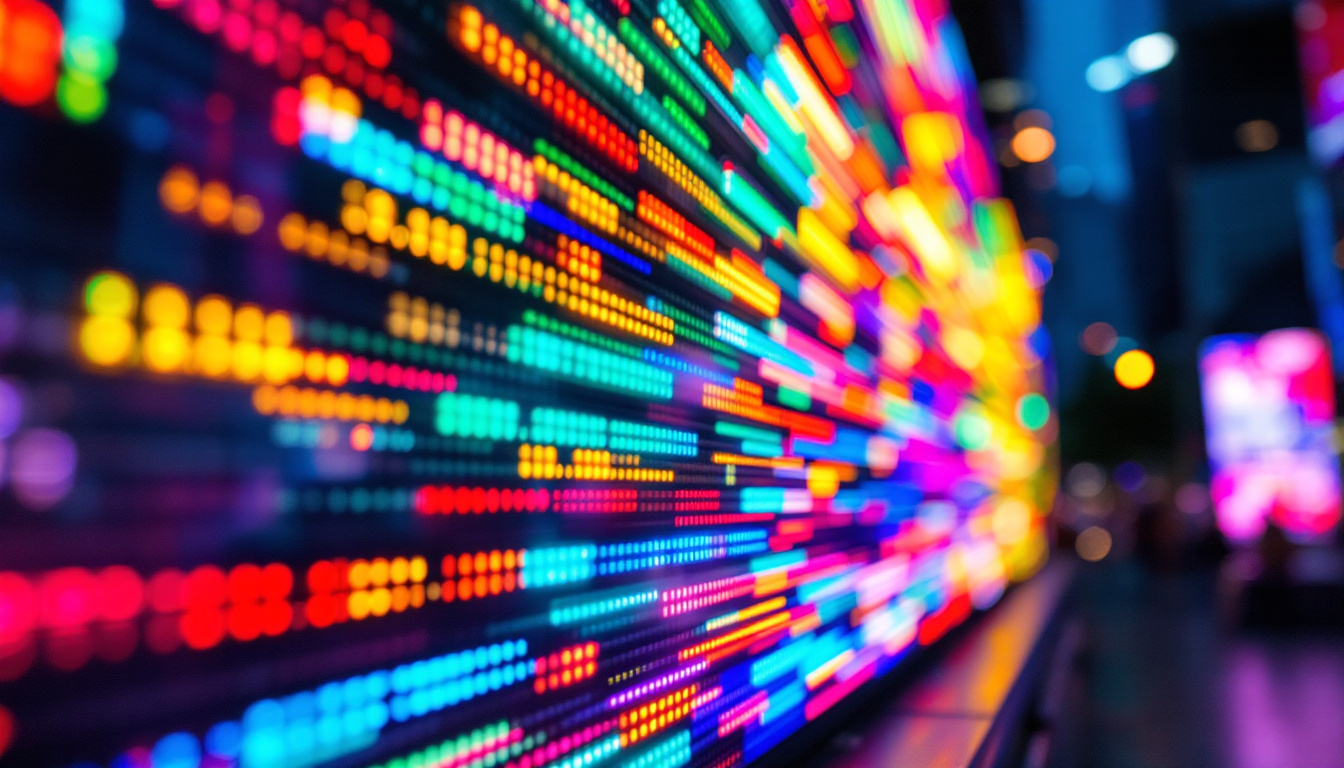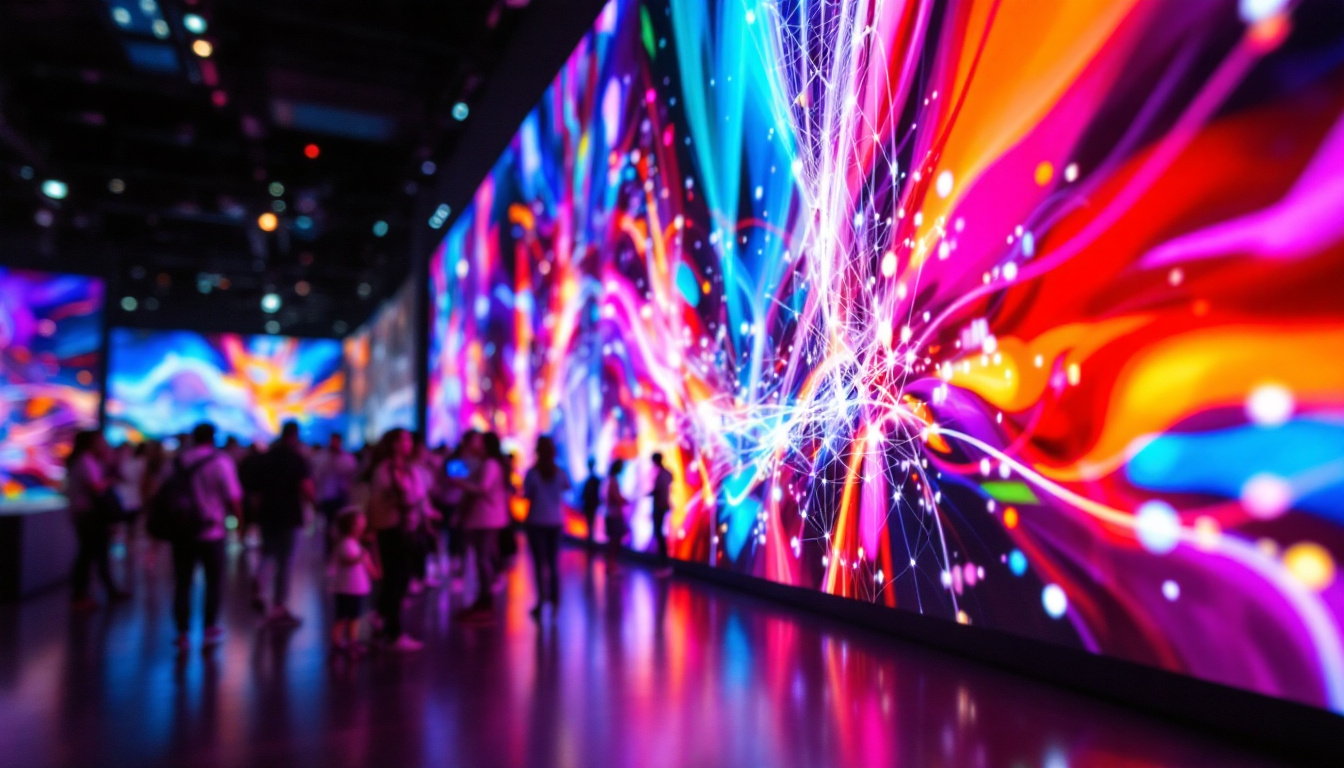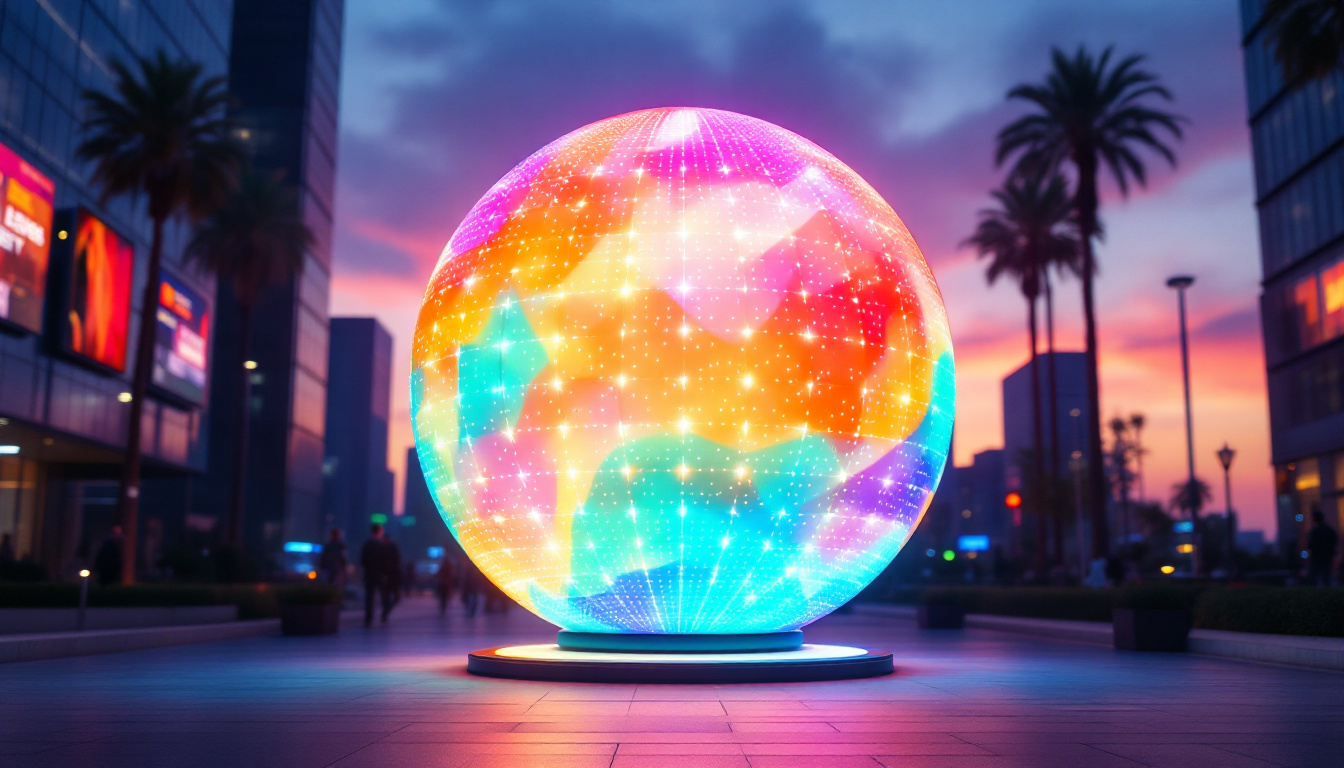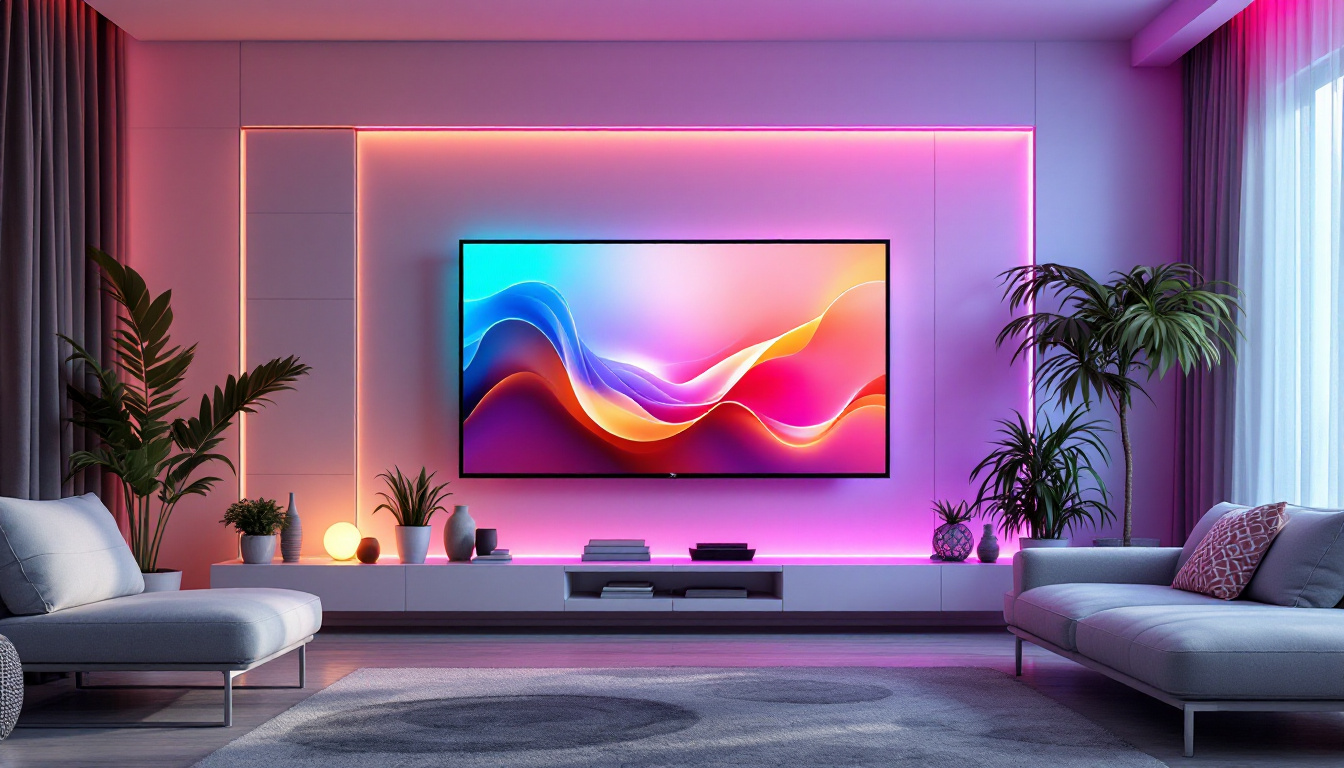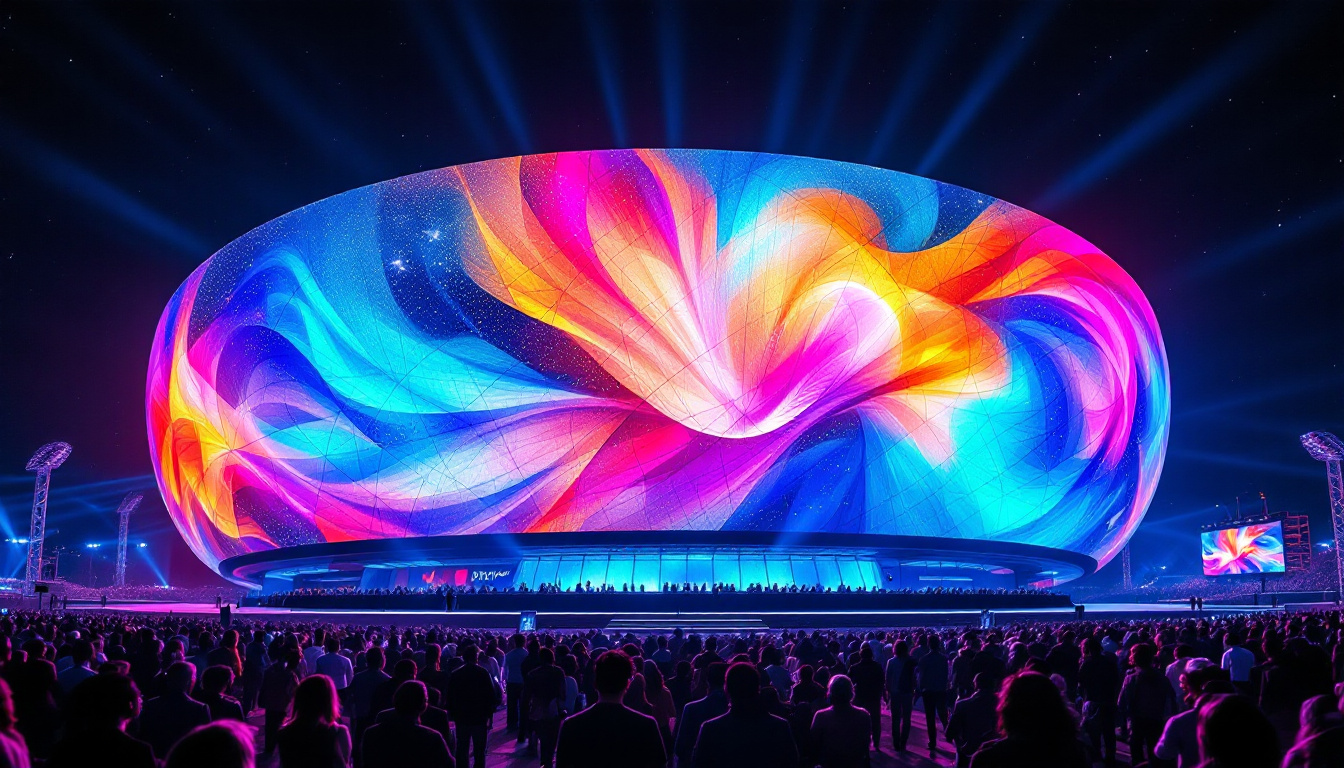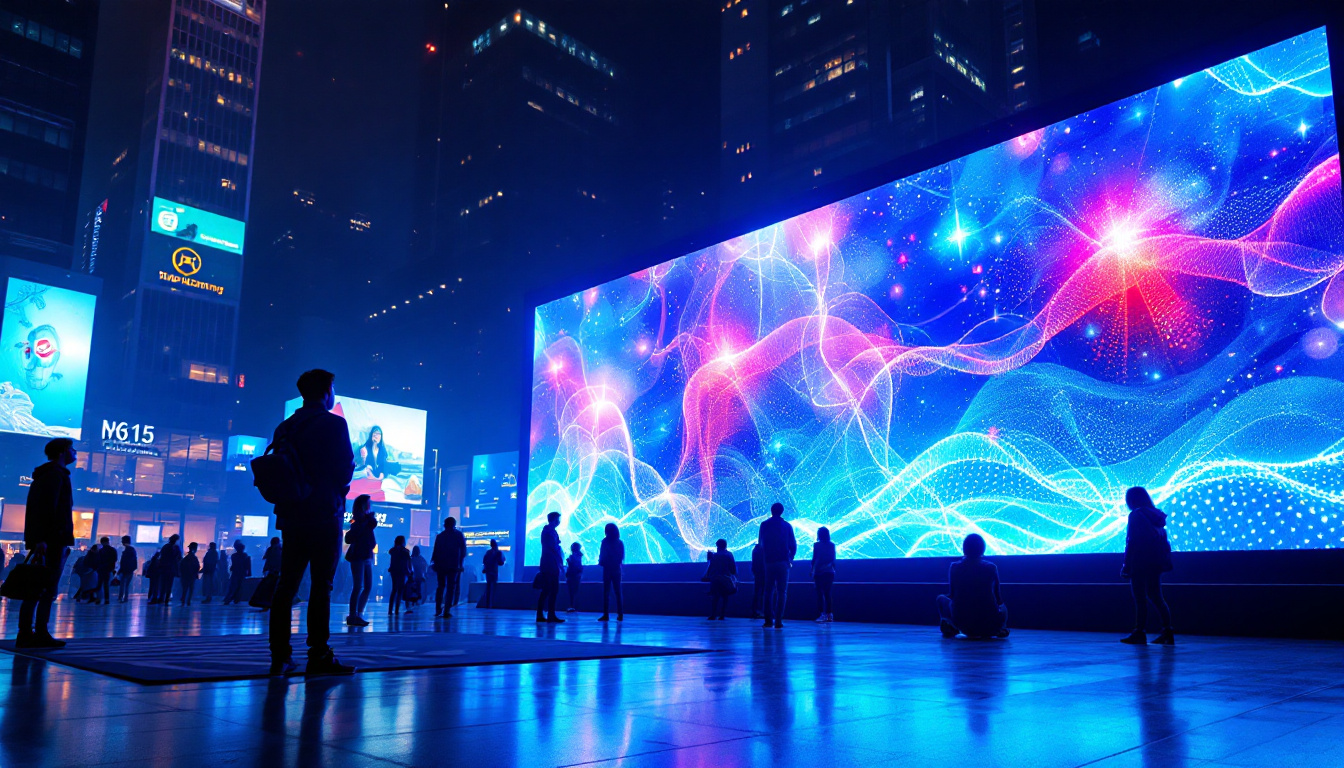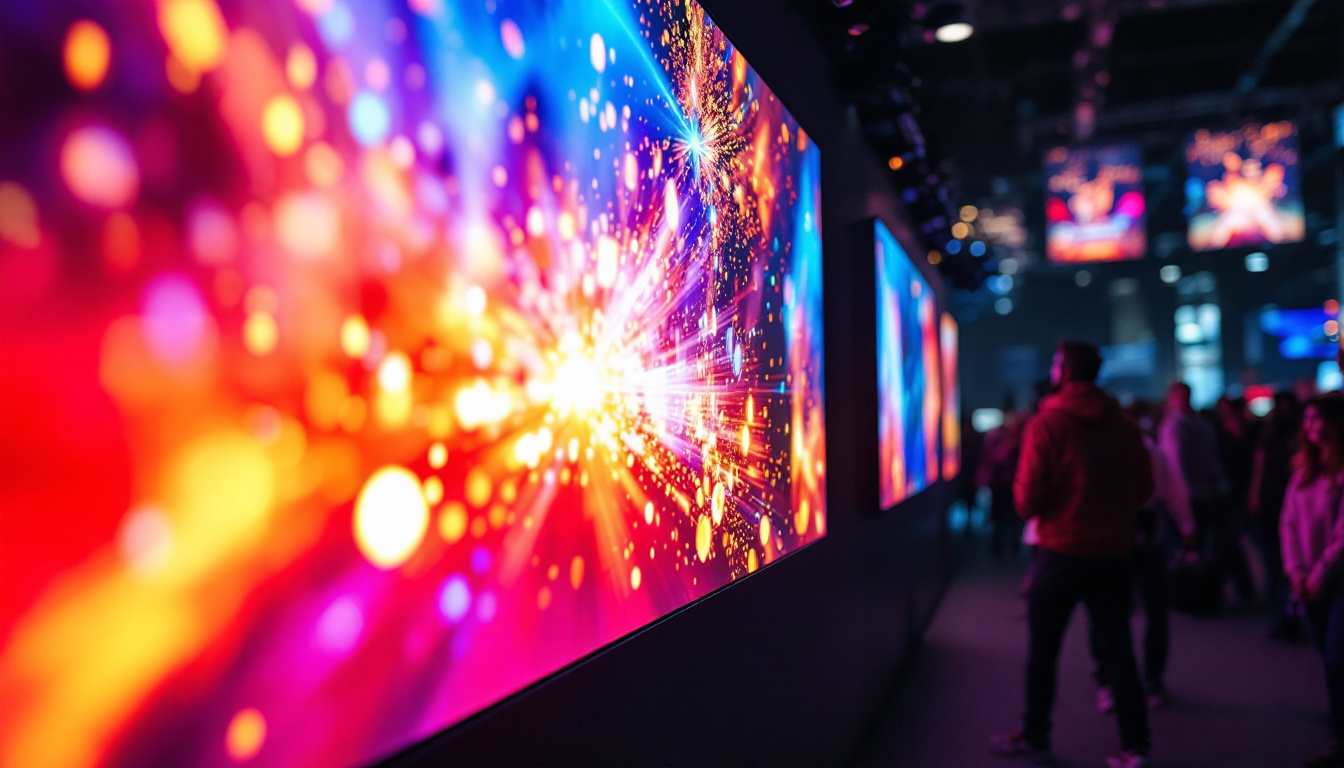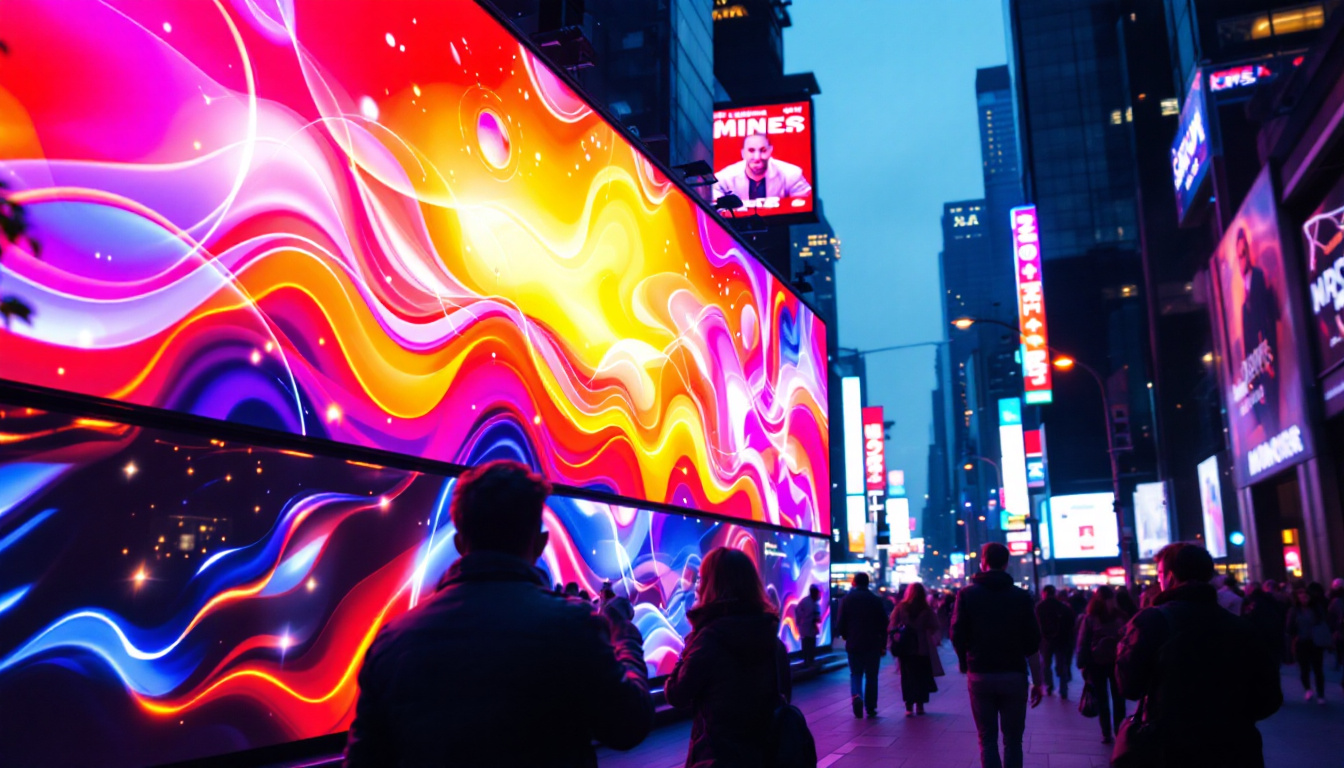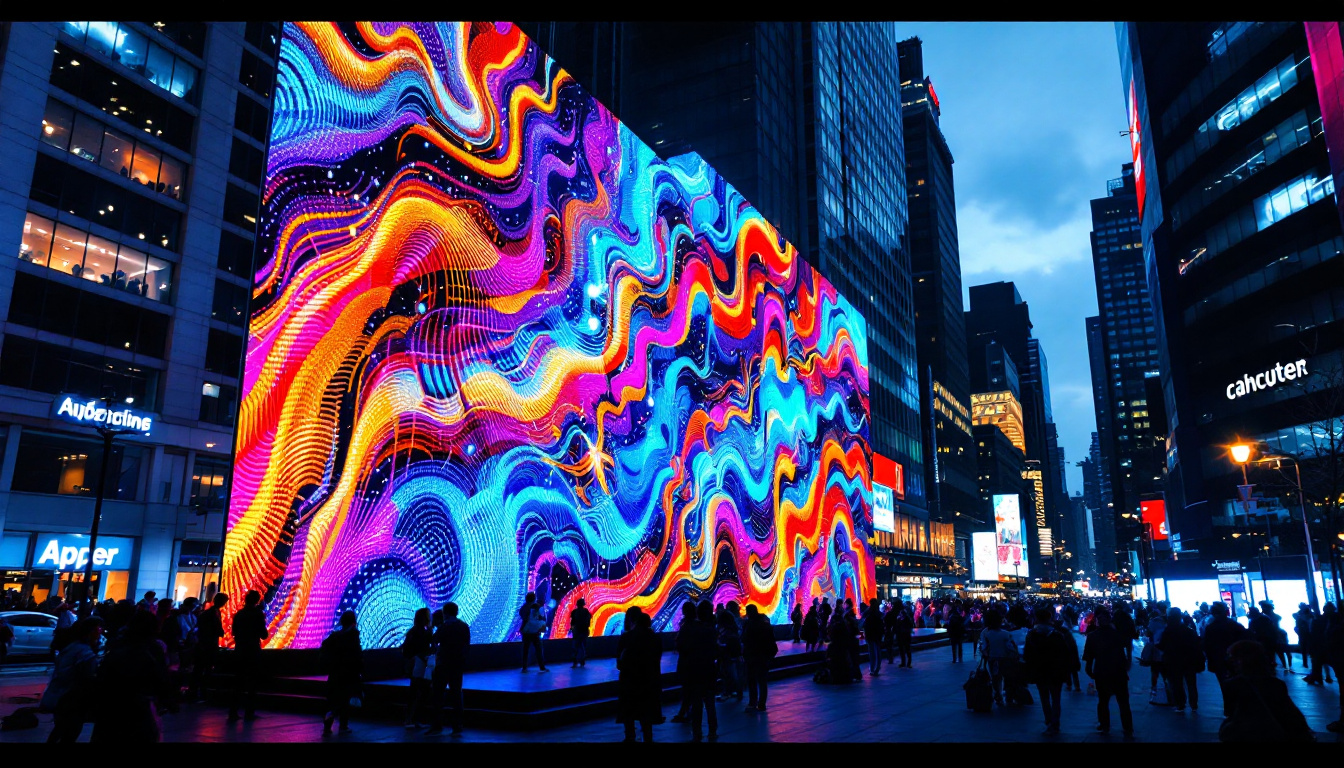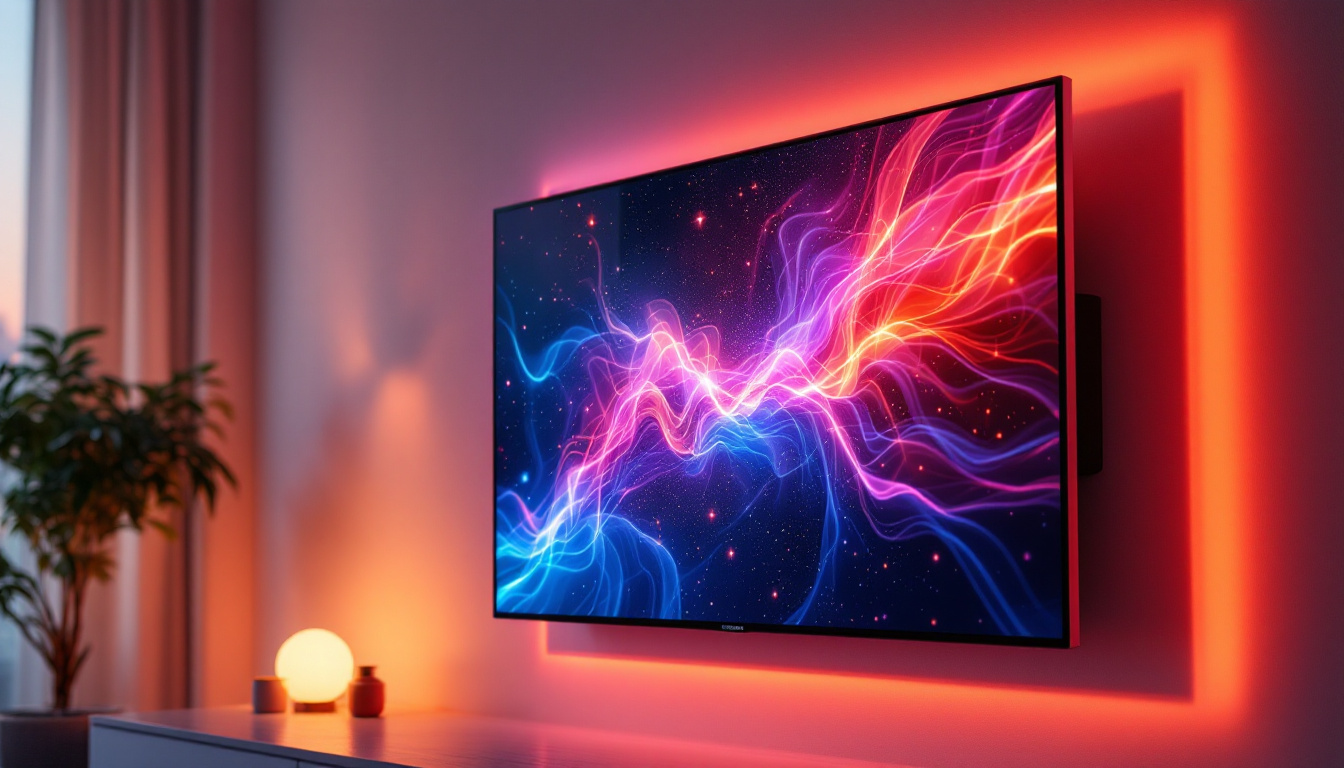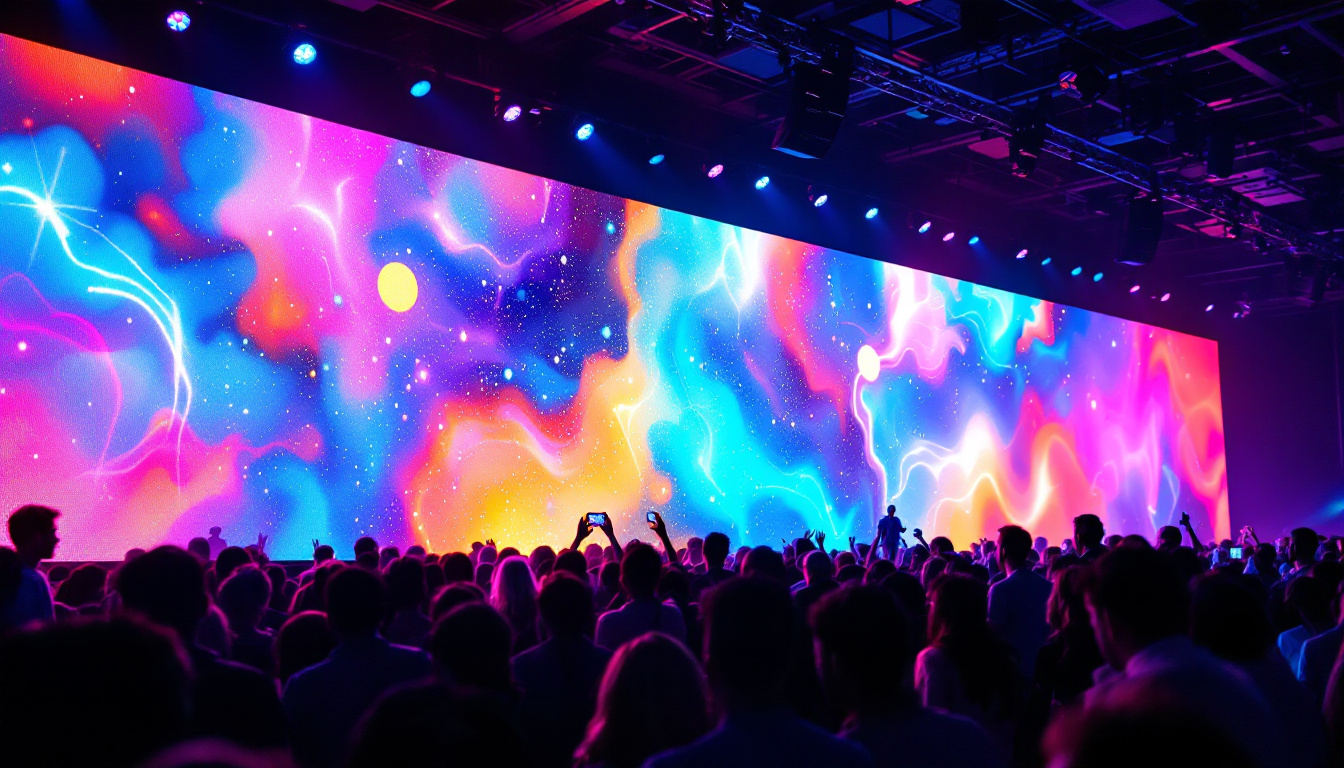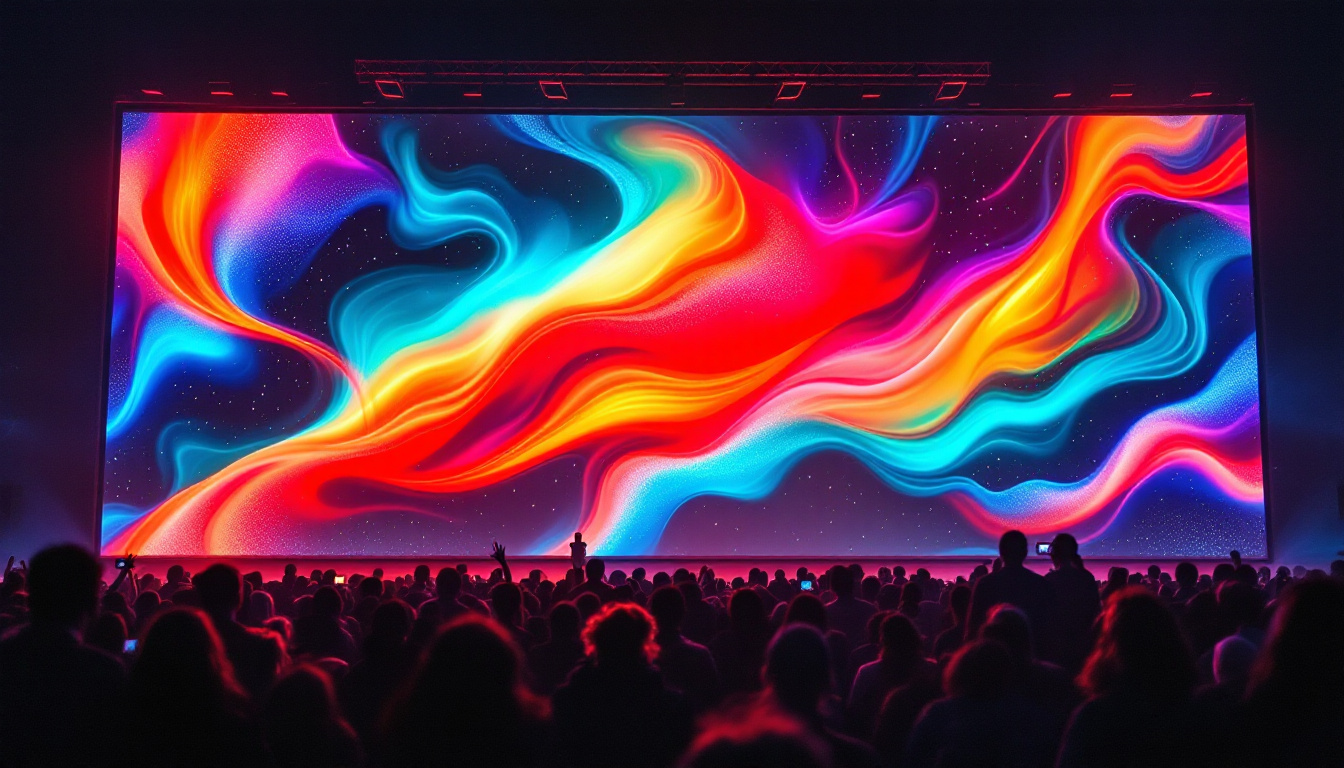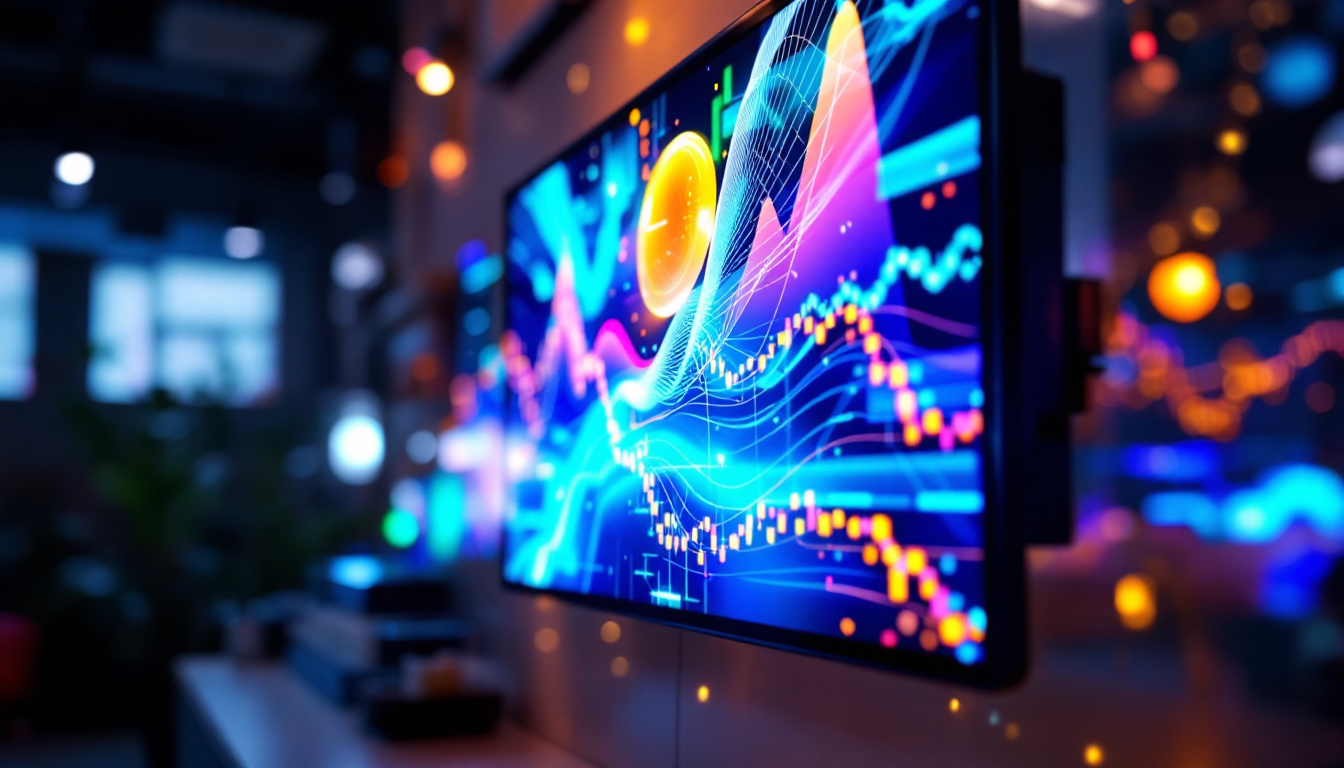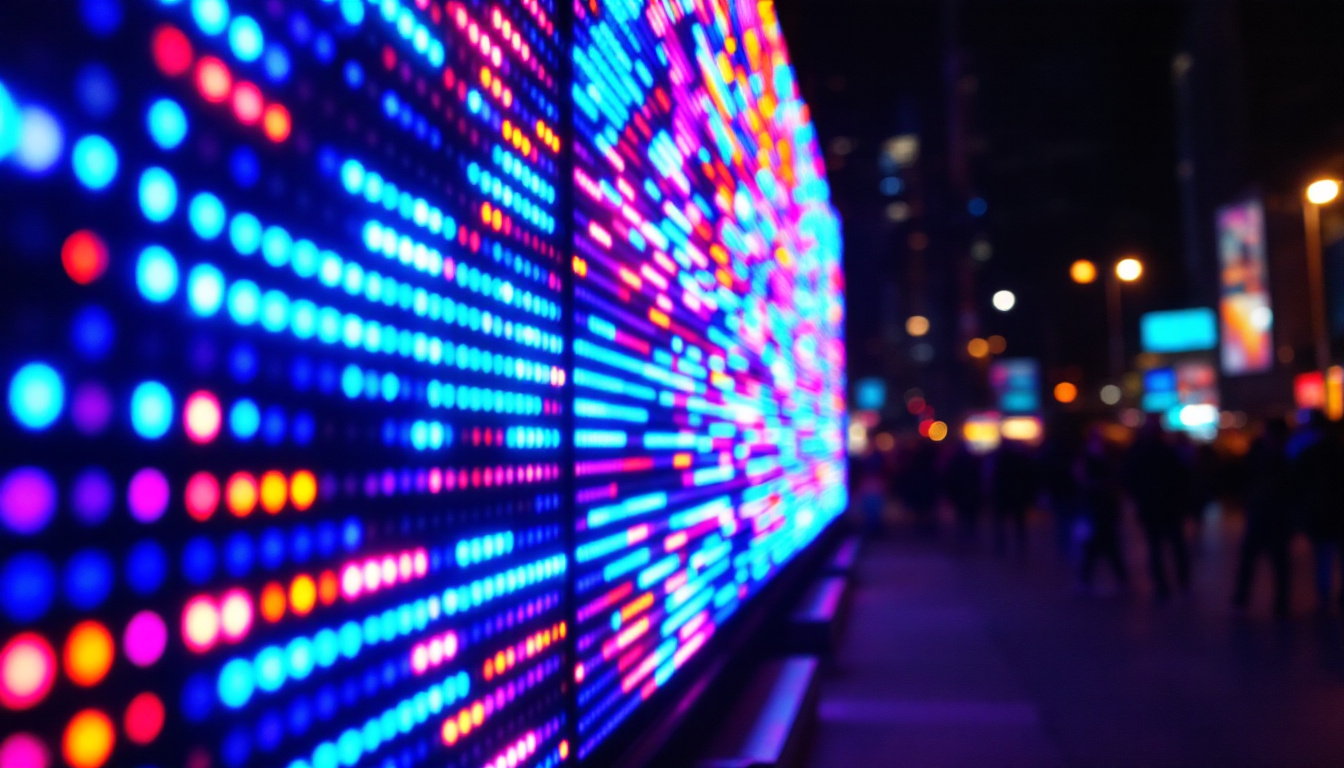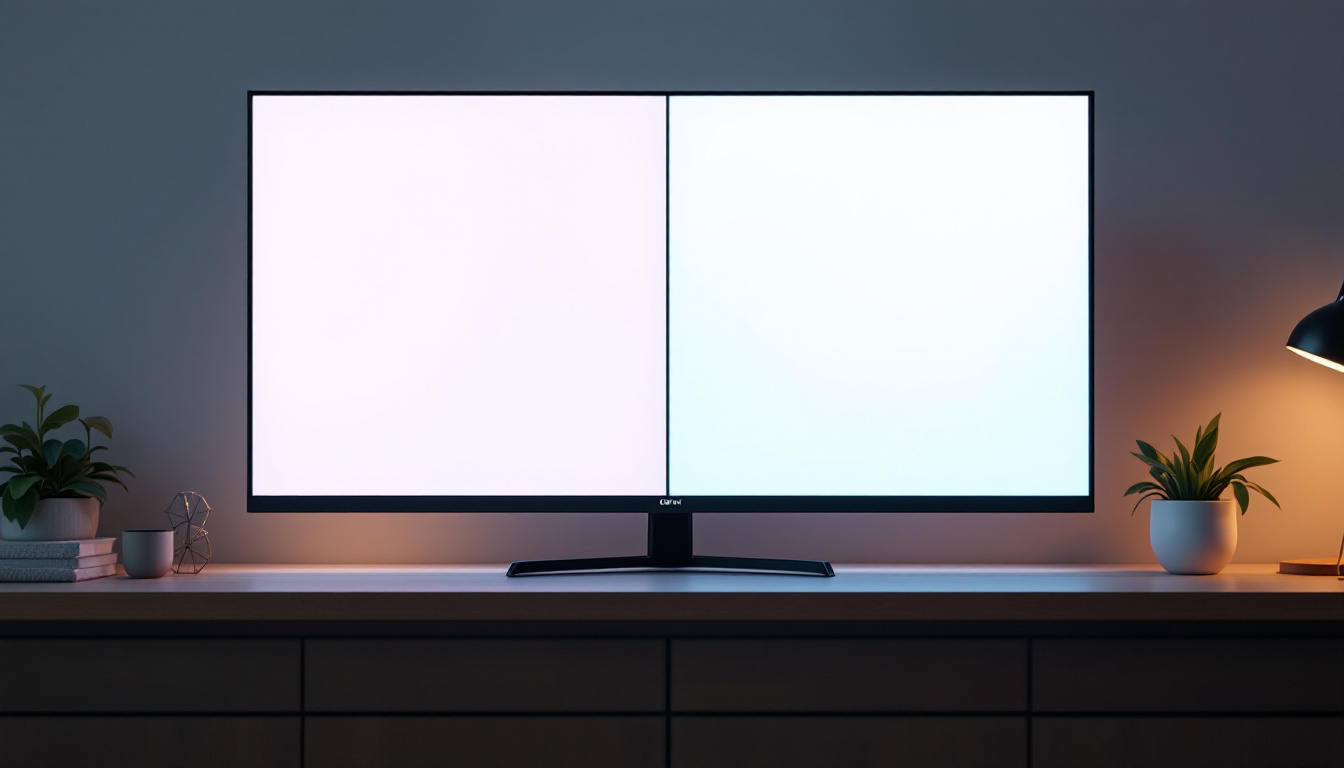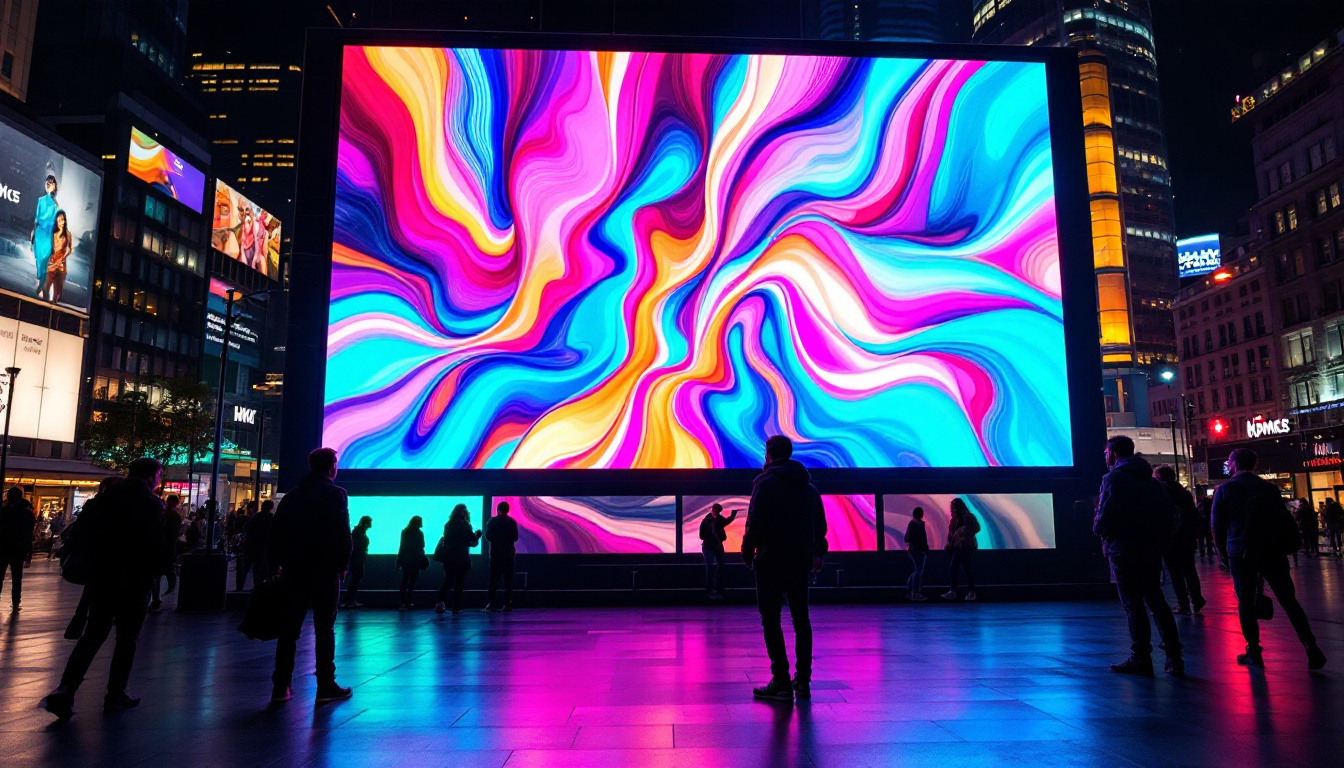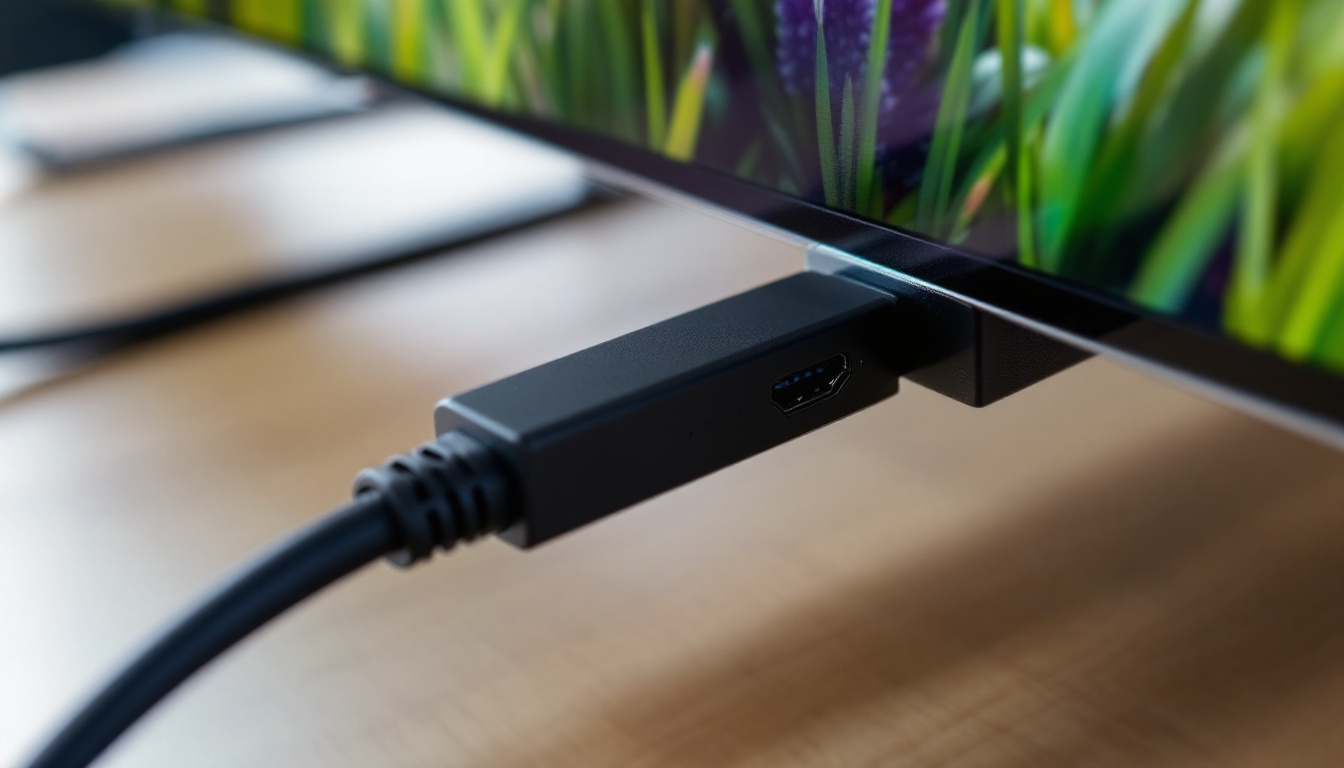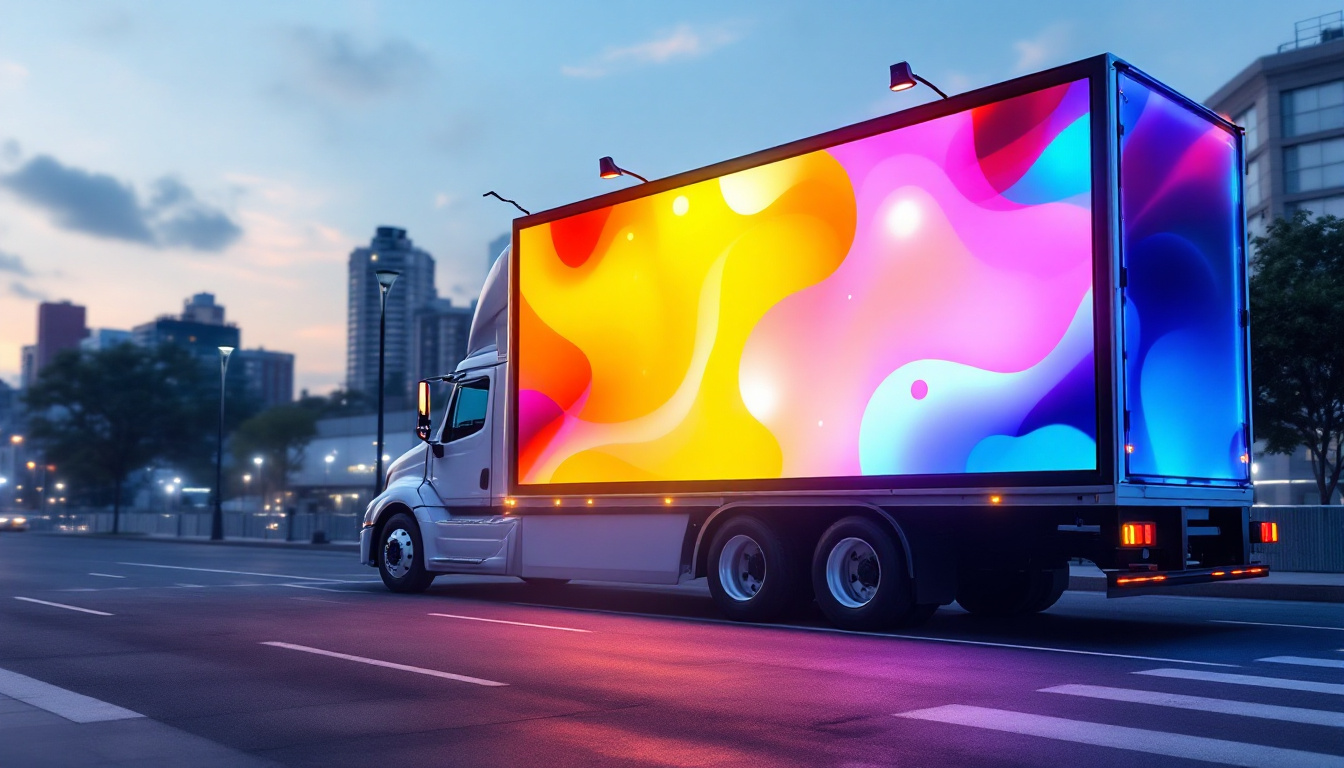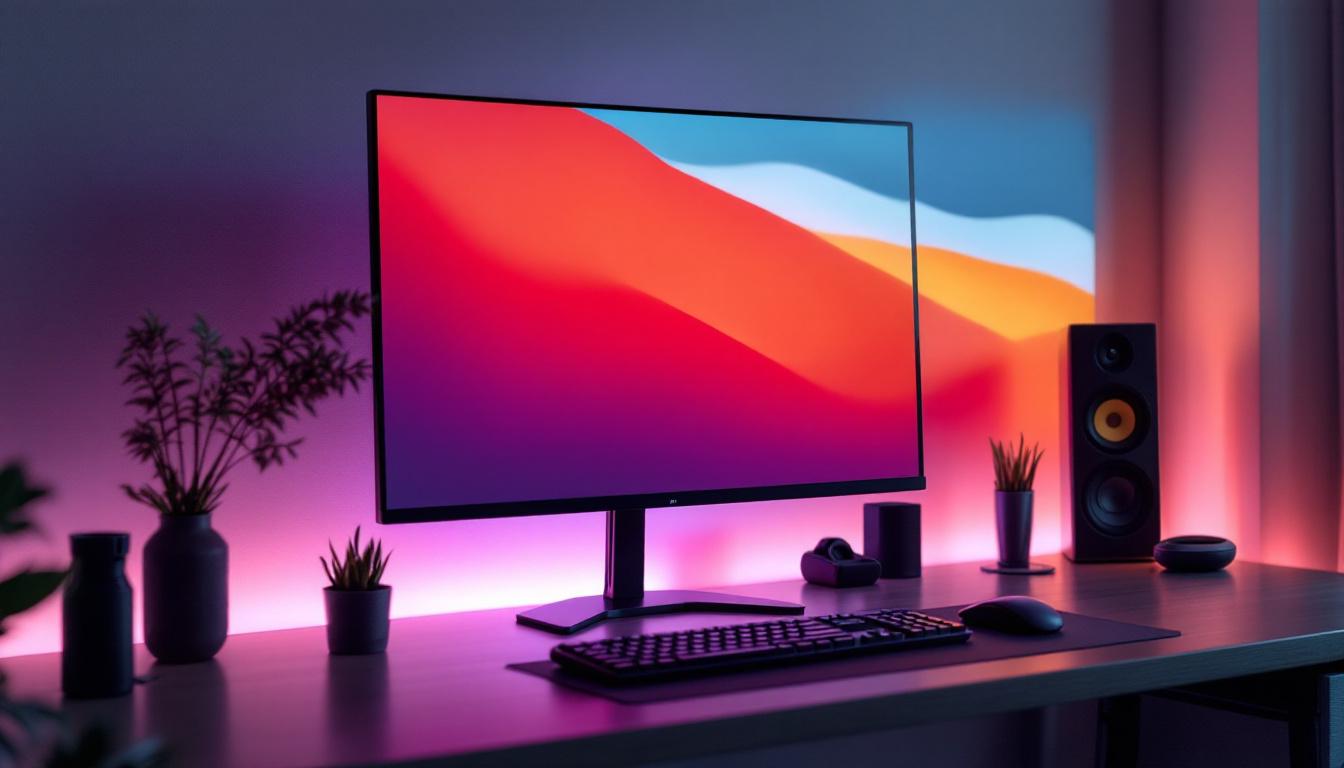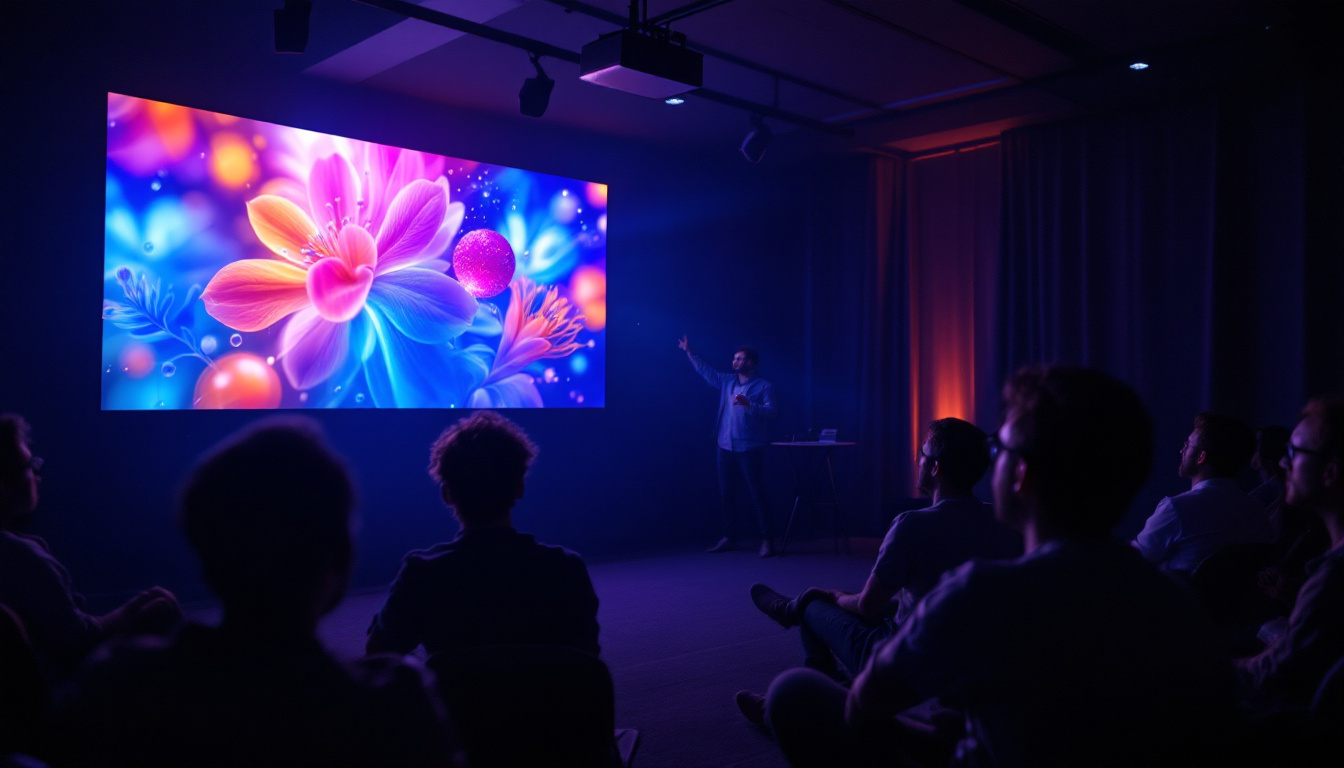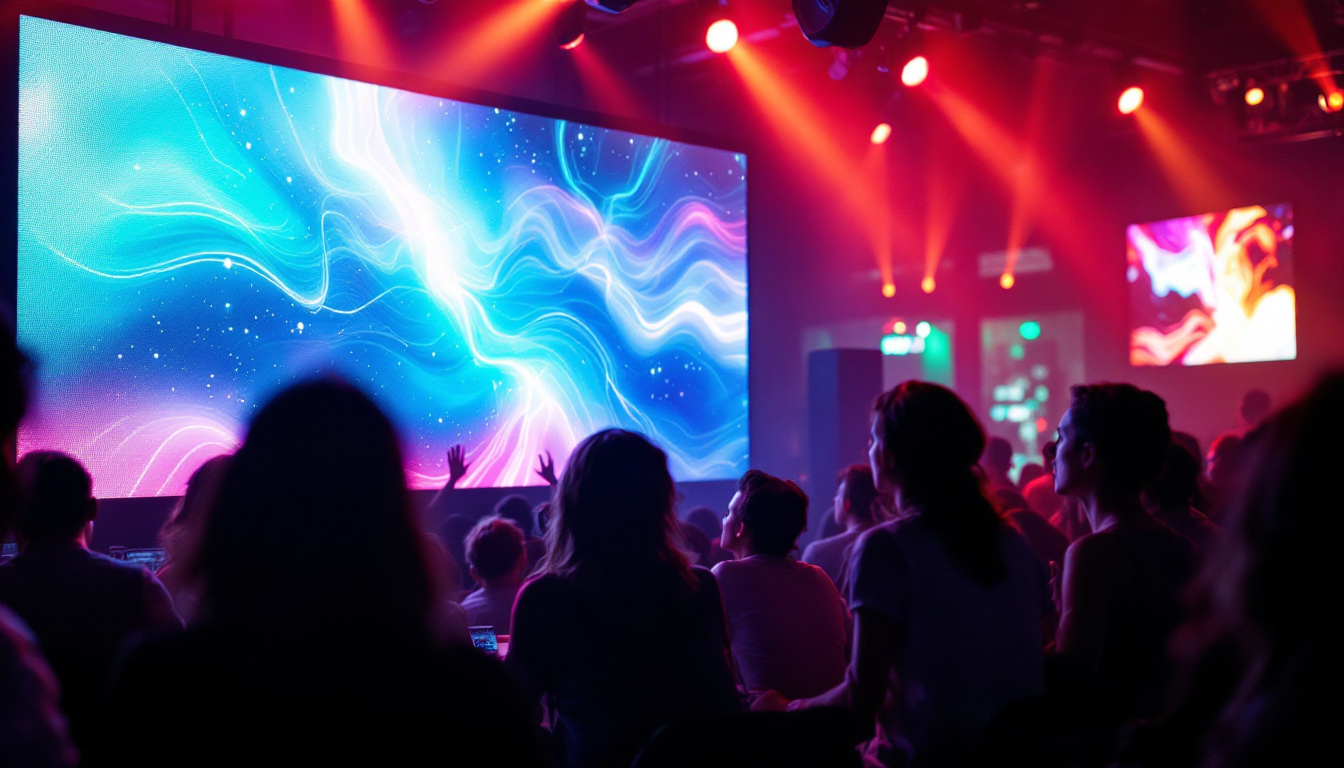In the realm of sports and events, the importance of clear, vibrant displays cannot be overstated. LED scoreboards have revolutionized how scores, statistics, and other vital information are presented to audiences. This article delves into the intricacies of LED displays, their benefits, and their applications across various fields.
Understanding LED Technology
LED, or Light Emitting Diode, technology has become a cornerstone of modern display systems. It operates on the principle of electroluminescence, where a semiconductor emits light when an electric current passes through it. This technology has evolved significantly over the years, leading to the development of high-quality displays that are both energy-efficient and visually striking. The versatility of LED technology has also paved the way for innovative applications beyond traditional screens, including architectural lighting, automotive displays, and even wearable tech.
The Basics of LED Displays
LED displays consist of numerous tiny diodes arranged in a matrix. Each diode can emit various colors, allowing for the creation of dynamic images and text. The arrangement and density of these diodes determine the display’s resolution and clarity. Higher resolutions provide sharper images, making them ideal for detailed graphics and text. Additionally, the lifespan of LED displays is significantly longer than that of traditional display technologies, often exceeding 50,000 hours of continuous use, which translates to years of reliable performance without the need for frequent replacements.
One of the primary advantages of LED displays is their brightness. Unlike traditional LCD screens, LED displays can be viewed in direct sunlight without losing visibility. This makes them particularly suitable for outdoor applications, such as stadiums and arenas. Furthermore, the ability to adjust brightness levels automatically based on ambient light conditions enhances user experience, ensuring that content remains clear and engaging regardless of the environment.
Types of LED Displays
LED displays can be categorized into several types, each serving different purposes. The most common types include:
- Single Color LED Displays: These displays are typically used for simple applications like scoreboards and timers. They emit one color, often red or green, making them easy to read from a distance.
- Bi-Color LED Displays: Featuring two colors, these displays can convey more information, such as scores and fouls, in a more visually appealing manner.
- Full-Color LED Displays: These advanced displays use a combination of red, green, and blue (RGB) diodes to create a full spectrum of colors. They are ideal for dynamic content, including video and animations.
In addition to these basic types, there are also specialized LED displays designed for specific applications, such as transparent LED screens that allow for creative advertising while maintaining visibility through the display. There are also flexible LED displays that can be bent or shaped to fit unique spaces, making them perfect for innovative architectural designs and installations.
How LED Scoreboards Work
LED scoreboards operate through a combination of hardware and software. The hardware includes the LED panels, control systems, and power supplies, while the software manages the content displayed.
The control system receives input from various sources, such as scorekeepers or event organizers, and processes this information to update the scoreboard in real-time. This capability is crucial during fast-paced events, where accurate and immediate updates are essential. Moreover, many modern LED scoreboards come equipped with advanced features such as wireless connectivity, allowing for remote management and updates, which enhances operational efficiency and provides a seamless experience for both operators and spectators.
Additionally, the software used in LED scoreboards often includes customizable templates and graphics, enabling event organizers to create visually appealing presentations that can engage the audience. This flexibility allows for the integration of sponsor advertisements and promotional content, maximizing revenue opportunities while keeping the audience entertained.
Benefits of LED Scoreboards
LED scoreboards offer numerous advantages over traditional scorekeeping methods. Their benefits extend beyond mere aesthetics, impacting functionality and user experience significantly.
Enhanced Visibility
One of the most notable benefits of LED scoreboards is their enhanced visibility. The high brightness levels ensure that information is easily readable from significant distances, making them suitable for large venues. This is particularly important in outdoor sports, where sunlight can obscure traditional displays.
Moreover, the ability to adjust brightness based on ambient light conditions ensures optimal visibility at all times. This adaptability enhances the spectator experience, allowing fans to stay informed regardless of the time of day or weather conditions.
Energy Efficiency
LED technology is inherently energy-efficient, consuming significantly less power than traditional display technologies. This efficiency translates into lower operational costs, making LED scoreboards an economically viable option for sports facilities and event organizers.
Additionally, the long lifespan of LED components reduces maintenance costs. With proper care, LED displays can last for over a decade, minimizing the need for frequent replacements or repairs.
Versatility and Customization
LED scoreboards are highly versatile and can be customized to meet specific needs. They can display a wide range of information, from scores and statistics to advertisements and promotional content. This flexibility allows organizations to maximize the use of their displays, generating additional revenue through advertising during events.
Furthermore, the modular nature of LED displays enables easy upgrades and expansions. As technology advances or requirements change, scoreboards can be adapted without the need for complete replacement.
Applications of LED Scoreboards
LED scoreboards are not limited to sports; their applications span various industries and events. Understanding these applications can provide insights into the potential of LED technology.
Sports Venues
In sports venues, LED scoreboards are essential for displaying scores, player statistics, and game information. They enhance the spectator experience by providing real-time updates and engaging visuals. From professional stadiums to local sports fields, LED scoreboards have become a standard feature.
Moreover, many sports facilities utilize LED displays for advertising, allowing them to generate revenue while simultaneously informing fans about upcoming events or promotions.
Concerts and Events
LED scoreboards are also prevalent in concert venues and large events. They can be used to display schedules, artist information, and live feeds, enhancing the overall experience for attendees. The ability to showcase vibrant visuals and animations adds an extra layer of excitement to performances.
In addition, event organizers can use LED displays for branding and sponsorship opportunities, further maximizing their investment in technology.
Corporate and Educational Settings
Beyond sports and entertainment, LED scoreboards find applications in corporate and educational settings. They can be used for displaying important announcements, schedules, and performance metrics in real-time. This functionality is especially valuable in environments where timely information is critical.
In educational institutions, LED displays can serve as a tool for promoting school events, showcasing achievements, and enhancing communication within the campus community.
Installation and Maintenance of LED Scoreboards
Installing and maintaining LED scoreboards requires careful planning and consideration. Understanding the installation process and ongoing maintenance needs is crucial for ensuring optimal performance and longevity.
Installation Process
The installation of LED scoreboards typically involves several steps. First, a thorough site evaluation is conducted to determine the best location for the display. Factors such as visibility, power supply, and structural support are taken into account.
Once the location is finalized, the installation team will mount the LED panels and connect them to the control systems. This process often requires specialized knowledge and skills to ensure that everything is set up correctly.
Regular Maintenance
To keep LED scoreboards functioning optimally, regular maintenance is essential. This includes routine inspections to check for any signs of wear or damage, as well as cleaning the display surfaces to maintain clarity.
Additionally, software updates may be required to ensure compatibility with new technologies or features. Establishing a maintenance schedule can help prevent issues and prolong the lifespan of the scoreboard.
The Future of LED Scoreboards
As technology continues to advance, the future of LED scoreboards looks promising. Innovations in display technology, connectivity, and interactivity are set to enhance the capabilities of these displays.
Smart Scoreboards
The integration of smart technology into LED scoreboards is one of the most exciting developments on the horizon. Smart scoreboards can connect to the internet, allowing for real-time data updates, remote management, and enhanced interactivity with fans.
For instance, smart scoreboards may incorporate social media feeds, enabling spectators to see live tweets or posts related to the event. This level of engagement can significantly enhance the overall experience for fans.
Augmented Reality and Interactive Displays
Another area of growth is the incorporation of augmented reality (AR) into LED scoreboards. This technology can create immersive experiences for viewers, allowing them to interact with the display in new and exciting ways.
Imagine a scoreboard that not only shows scores but also overlays statistics and player information in real-time, enhancing the viewer’s understanding of the game. As AR technology becomes more accessible, the possibilities for LED scoreboards will expand even further.
Conclusion
LED scoreboards have transformed the way information is displayed in sports and events, offering unmatched visibility, energy efficiency, and versatility. Their applications extend beyond sports venues, finding utility in concerts, corporate settings, and educational institutions.
As technology continues to evolve, the future of LED scoreboards promises even more innovative features and capabilities. Embracing this technology can enhance the spectator experience, generate revenue, and provide organizations with a powerful tool for communication and engagement.
In a world where information is king, LED scoreboards stand out as a beacon of clarity and vibrancy, ensuring that audiences remain informed and engaged, no matter where they are.
Discover the Future of LED Displays with LumenMatrix
Ready to elevate your venue’s visual experience with the latest in LED technology? LumenMatrix is at the forefront of innovative LED display solutions, offering a wide range of products from Indoor and Outdoor LED Walls to specialized LED Sports Displays and beyond. Whether you’re looking to captivate your audience, enhance brand visibility, or simply communicate with impact, LumenMatrix has the cutting-edge technology to bring your vision to life. Check out LumenMatrix LED Display Solutions today and join the revolution in visual communication.

